Doctors ‘attracted’ to salaries at Urgent Care Clinics, says health department
Salary models on offer at Labor’s multimillion-dollar Medicare urgent care clinics are luring doctors away from regular GP work, health officials have conceded.
National
Don't miss out on the headlines from National. Followed categories will be added to My News.
Salary models on offer at Labor’s multimillion-dollar Medicare urgent care clinics are luring doctors away from regular GP work, health officials have conceded.
The 58 bulk billed clinics, which receive about $1.2 million a year to open for longer hours and treat urgent non-life threatening injuries and illness, have been accused of “effectively poaching” GPs from smaller practices unable to compete on wage conditions.
A Senate Estimates committee on Tuesday heard the “majority” of urgent care clinic funding contributed to operational costs, which would include staff salaries to cover after hours work.
Asked by Tasmanian Senator Tammy Tyrrell why doctors appeared willing to put their hand up to work in an urgent care clinic, while GP services struggled to hire qualified staff, officials from the Department of Health said the “interesting” nature of the job was a drawcard, before revealing wages were also a factor.
“The other anecdotal piece of feedback is that some general practitioners are attracted to the salaried model that the urgent care clinics provide as well,” first assistant secretary Mark Roddam said.
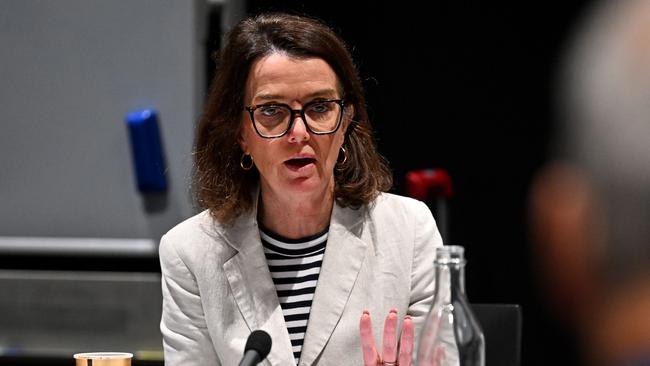
Coalition health spokeswoman Senator Anne Ruston said regular general practices were being forced to compete for GPs on an “uneven playing field” amid a “severe workforce crisis”.
“The department has revealed that a significant taxpayer-funded salary provided to (urgent care clinic) doctors is effectively poaching GPs from small practices that are struggling with severe GP shortages,” she said.
“We are really concerned that Australians’ access to a general practice, where they can seek support for issues like mental health and chronic disease, could be put even further at risk by this.”
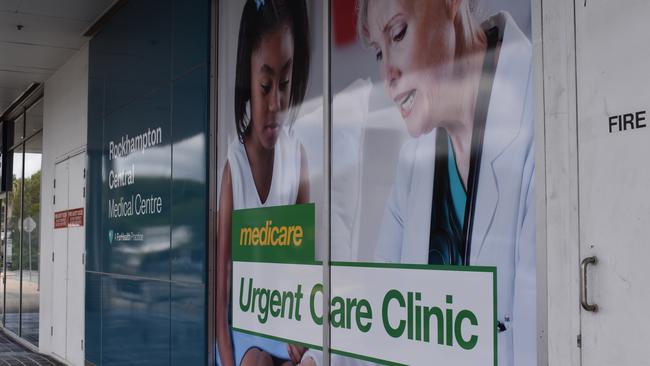
Ms Ruston said she also had “serious concerns” about Labor’s move to increase the number of urgent clinics by 50 per cent without having “any evaluation or evidence-base to determine their effectiveness”.
The federal government recently announced an extra $227 million for 29 new clinics on top of the $358.9m committed over five years for the original 58 clinics.
Health officials were unable to provide data to support the claim the clinics had eased pressure on hospital emergency departments, revealing an evaluation was underway with an interim report expected at the end of this year.
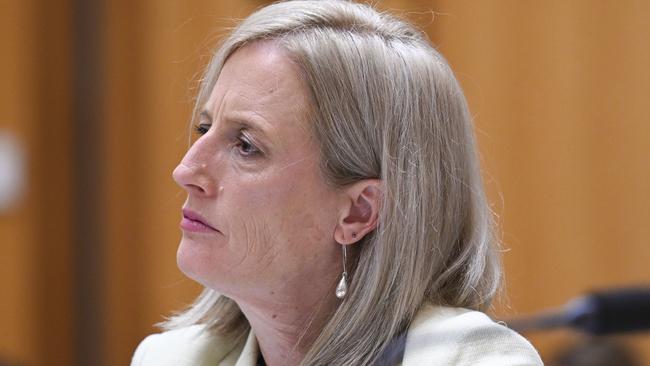
When asked what evidence Labor had relied on before increasing funding, Finance Minister Katy Gallagher said surveys suggested half of the 425,000 patients to visit an urgent care clinic so far reported they would otherwise have attended a hospital.
Ms Gallagher said high patient satisfaction and overall visitor numbers also supported the decision.
Labor has previously pointed to initial data in the Logan and Ipswich hospitals in Queensland, which have had a 10 and 25 per cent drop in non-urgent and semi-urgent presentations since nearby urgent care clinics opened.
Not all urgent clinics have after hours access to x-ray despite election promise
It can also be revealed two in ten Medicare Urgent Care Clinics do not provide blood testing onsite or within 2km and one in ten lack close by x-ray services despite Labor promising easy after hours treatment for minor broken bones, sprains and other illnesses.
Many of the 58 bulk billed clinics now operating around Australia also rely on referrals to pathology and radiology services that are only open during normal business hours, meaning late night or weekend diagnostics are delayed or left to hospital emergency departments.
During the 2022 election campaign Prime Minister Anthony Albanese repeatedly touted the proposed clinics as an alternate treatment option for broken bones and sprains to ease pressure on hospitals.
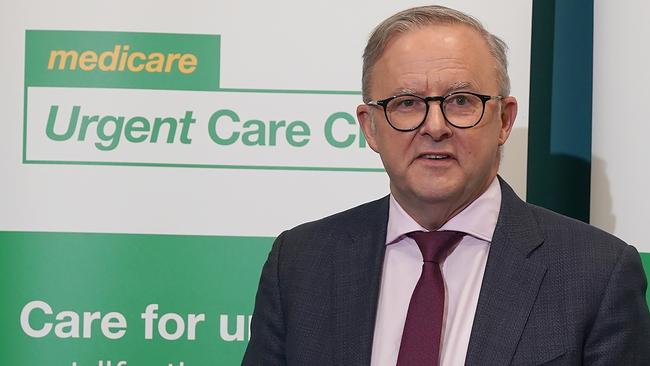
But it can be revealed more than 20 per cent of clinics don’t have pathology services onsite or within 2km, while about 10 per cent do not have x-rays within this distance, according to the Department of Health.
Several clinics, such as in Rockhampton in Queensland and Coffs Harbour in NSW, state online they can only refer patients for pathology and diagnostic imaging during business hours Monday to Friday.
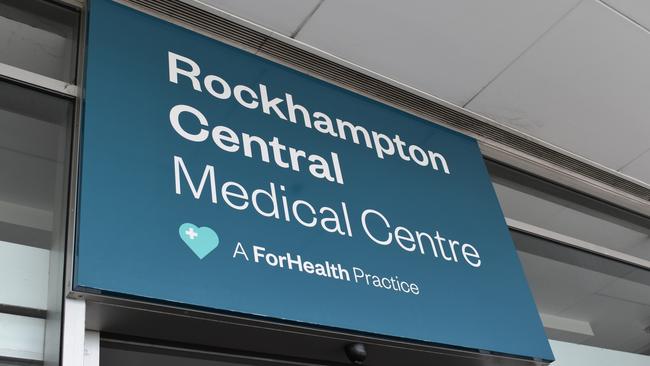
A spokeswoman for Health Minister Mark Butler said the government was continuing to work with Primary Health Networks, states and territories to “improve availability of imaging services across operating hours”.
“All Medicare Urgent Care Clinics have access to imaging services,” she said.
ForHealth South Australia and Victoria director Andrew Crow, who oversees several clinics, said while the system was not yet “perfect” it was “definitely still doing it’s job”.
“Would I love more hours? Yes I would in terms of imaging, and I think they will come over time,” he said.
Mr Crow said it was “not really financially sustainable” for imaging providers to be open the extended hours until there were enough referrals from nearby clinics.
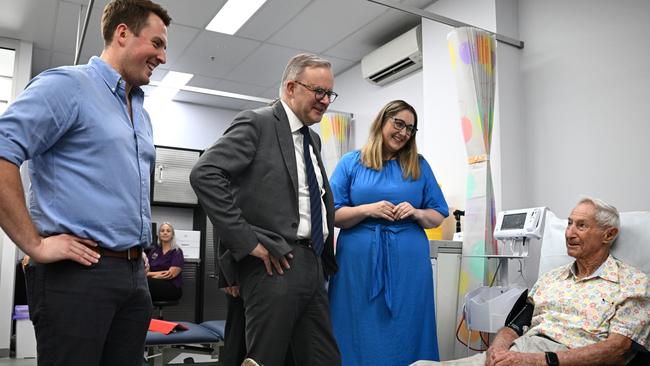
Royal Australian College of GPs president Dr Nicole Higgins said the gaps in bulk billing and opening hours could instead be filled by existing general practice if the sector was “appropriately funded”.
“Accute care, preventive care and chronic disease has always been the remit of general practice,” she said.
She said funding decisions should be driven by data to “ensure health dollars are spent to get the best results for patients”.
During the 2022 federal election Mr Albanese frequently promoted the proposed clinics as a treatment option for breaks and sprains.
“They will treat sprains and broken bones,” he said on April 12.
“They’ll provide a whole range of medical services ... whether it’s for a broken bone or an ear infection.”




